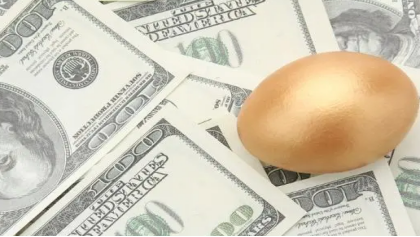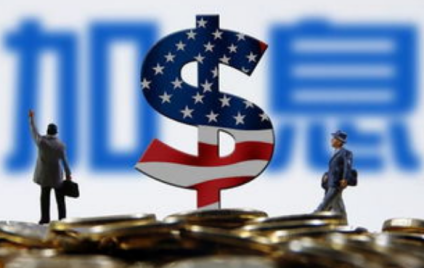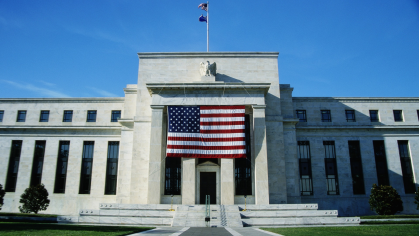The U.S. central bank announced in the early hours of Thursday morning Beijing time that it would raise its benchmark overnight interest rate by 75 basis points in an effort to cool inflation, the highest since the 1980s, and signaled it would "continue to raise" borrowing costs despite evidence that the economy is slowing. The Federal Reserve raised interest rates as expected, and comments from Fed Chairman Jerome Powell reassured investors.
The dollar retreated, boosting gold's appeal among overseas buyers, while U.S. Treasury yields also fell. Aggressive rate hikes by the Federal Reserve and recent gains in the U.S. dollar have clouded gold's appeal as a safe-haven tool despite the recent risk of a recession. The market now believes that interest rates may not be raised as high (and) as fast, which is a relatively positive environment for gold market moves and is the reason why gold prices are seen rising after the Fed meeting.
The FOMC policy statement states:
Recent spending and production indicators have softened. (Overall economic activity, which removes the June FOMC statement, appears to have picked up after dipping slightly in the first quarter.) Still, job growth has been strong in recent months and the unemployment rate has remained low. Inflation remains high, reflecting supply and demand imbalances caused by the pandemic, higher food and energy prices and broader price pressures.
The Committee seeks to achieve full employment and inflation of 2% over the longer term. In support of these goals, the committee decided to raise the target range for the federal funds rate to 2.25%-25%, and anticipated that further increases in the target range would be appropriate. In addition, the Committee will continue to reduce its holdings of U.S. Treasuries, agency bonds and agency mortgage-backed securities, as outlined in its "Plan to Reduce the Size of the Fed's Balance Sheet," released in May. The Committee is firmly committed to returning inflation to its 2 percent target.
In assessing the appropriate stance of monetary policy, the Committee will continue to monitor the impact of new information on the economic outlook. The Committee will be prepared to adjust the stance of monetary policy as appropriate if risks arise that could impede the achievement of the Committee's objectives. The committee's assessment will take into account a wide range of information, including on public health. Labour market conditions, inflation pressures and inflation expectations, and financial and international developments.
Changes in the probability of the Fed raising interest rates in the future, before the FOMC statement, according to CME's "Federal Reserve Watch": The probability of the Fed raising interest rates by 75 basis points to 2.25%-2.5% by July is 78.7%, and the probability of raising interest rates by 100 basis points to 2.5%-2.75 The probability of raising interest rates to 2.5%-2.75% by September is 0%, the probability of raising interest rates to 2.75%-3.0% is 48.8%, and the probability of raising interest rates to 3.0%-3.25% is 43.1%, the probability of raising interest rates to 3.25%-3.5% is 8.1%; the probability of raising interest rates to 2.75%-3% in November is 0%; the probability of raising interest rates to 3.0%-3.25% is 37.5%, raising interest rates The probability of raising interest rates to 3.25%-3.5% is 44.4%, the probability of raising interest rates to 3.5%-3.75% is 16.2%, and the probability of raising interest rates to 3.75%-4.0% is 1.9%.
As a broad indicator to measure the overall economic health, the U.S. second-quarter GDP data to be released on Thursday evening Beijing time will undoubtedly affect the nerves of the market. After the U.S. GDP unexpectedly contracted by 1.6% in the first quarter, the market is highly concerned about whether GDP will record negative values again in the second quarter. By the "traditional" definition, two consecutive quarters of negative growth usually mean that the U.S. economy has slowed significantly and entered a "technical recession."
At present, the market's forecast for the second quarter GDP of the United States is still divided to some extent. According to a survey, more than 30% of economists surveyed expect the U.S. GDP to be negative again in the second quarter. The latest forecast from the Atlanta Fed’s GDPNow model, which was updated recently, also showed that the U.S. economy will continue to shrink by 1.6% in the second quarter.
 2022-07-28
2022-07-28
 1445
1445







 简体中文
简体中文
 ภาษาไทย
ภาษาไทย
 繁體中文
繁體中文
 Indonesia
Indonesia











